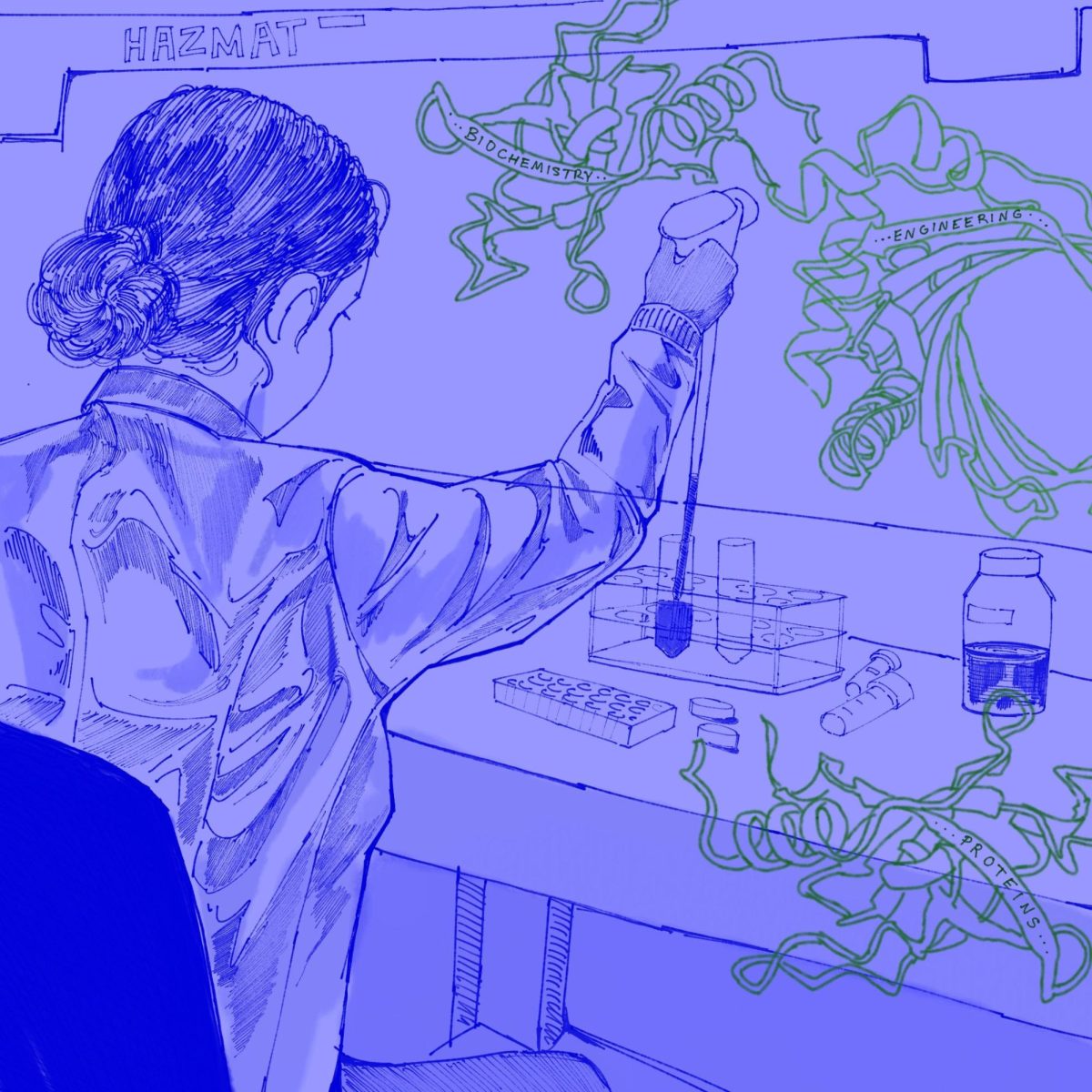Students on campus may know the Harry Ransom Center for its large presentation hall and wide range of exhibitions, but may not know the seven-story building as the home of an orginal self-portrait by iconic artist Frida Kahlo or a writing desk used by Edgar Allan Poe.
The center houses a collection of papers, artifacts and artworks from some of history’s most famous artists and the people that work hard to preserve their legacies. Steve Wilson, the center’s curator of film, said he works with researchers and conservators everyday to provide materials from the center’s massive archives.
“Feeling like we’re part of the culture and preserving culture for the future — I find that very gratifying and I think it’s a really important thing to be doing,” Wilson said.
The Harry Ransom Center has been on campus for more than 60 years and is both a museum and a humanities research library. Many people use the center’s archives of millions of books, photos and works of art for research and study.
“The Ransom Center acquires materials to preserve them and make them accessible for people now and in future generations,” said Megan Barnard, the associate director for acquisitions and administration, in an email. “We acquire rare and unique items that we hope will reveal new insights about the literature, art and culture of our time. The most valuable items, in our view, are those that inspire and encourage research and a deeper understanding of our culture.”
Those who have visited the center before might be aware of its Gutenberg Bible, the first substantial book produced from a printing press. But some other notable acquisitions include Poe’s desk, former Washington Post reporter Bob Woodward’s notes from his meeting with famous Watergate whistleblower “Deep Throat” and scripts and research materials from the TV series Mad Men. Some of these items, including the desk, are currently in the exhibit room as a part of the museum’s “Stories to Tell” collection, one of multiple collections that rotates selections from the archives at the Ransom Center.
While some acquisitions are donated by people like alumnus Cappy McGarr, who donated seven autographed comedy posters from recipients of the Mark Twain Prize for American Humor, other acquisitions are purchased. The recent acquisition of the manuscripts and letters of playwright Arthur Miller, author of The Crucible, were purchased for $2.7 million of non-tuition University funds in January. The money for acquisitions comes from endowments, donors and the University, Barnard said.
“The Ransom Center has invaluable items in our collections, but our focus is on the research value our collections hold, not on their financial value,” Barnard said.
Eric Colleary, the center’s curator of theater and performing arts, said sometimes the center develops a relationship with artists who want their works archived at the facility.
“People are able to visit and see the care we take with the collections, the connections to other amazing writers and artists whose papers are here, the level of accessibility we can provide for researchers,” Colleary said in an email. “We learn from them what their archive looks like — what has been saved, what does it cover, what condition it is in, etc. Then we have a conversation to figure out if we’re a good fit for each other.”



















